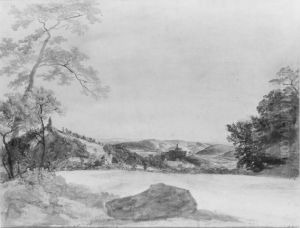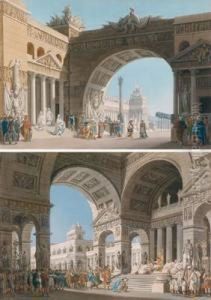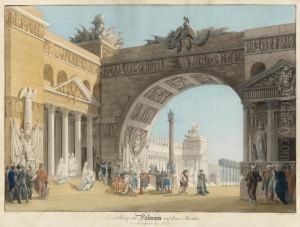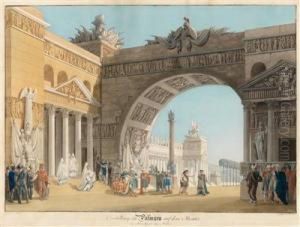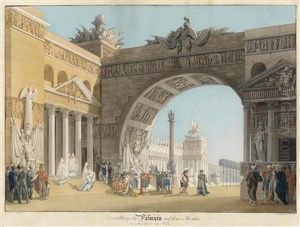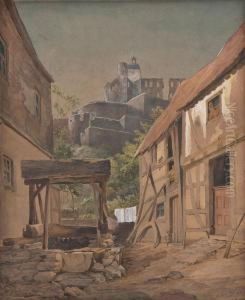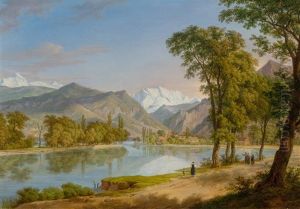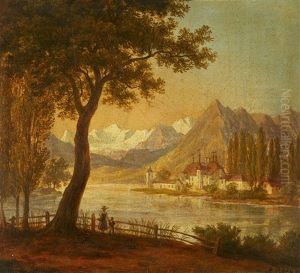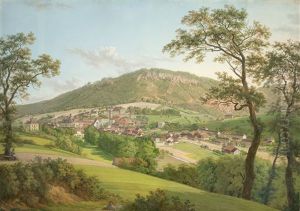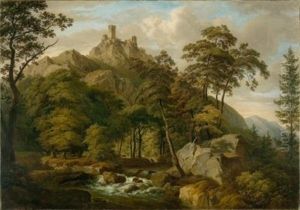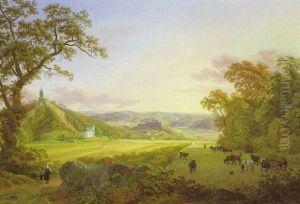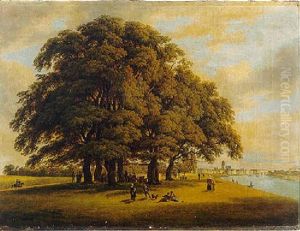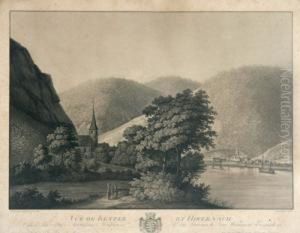Anton Radl Paintings
Anton Radl, born in 1774 in Vienna, Austria, was a prominent figure in the world of European art, particularly known for his contributions as a painter and illustrator during the late 18th and early 19th centuries. His life spanned a period of significant political and cultural transformations in Europe, which influenced the evolution of his artistic style and thematic choices. Radl's works are characterized by their meticulous detail, vibrant color palette, and the ability to capture the essence of his subjects, ranging from portraits to historical scenes.
Educated in the prestigious Academy of Fine Arts Vienna, Radl was part of the artistic movement that embraced Neoclassicism, a style that sought to revive the ideals of ancient Greek and Roman art. This education provided him with a solid foundation in the techniques and principles of classical art, which he adeptly incorporated into his own creations. Throughout his career, Radl exhibited a keen interest in historical accuracy and the depiction of mythological themes, which were popular among his contemporaries. His illustrations, often for books and periodicals, reflected a deep engagement with the literary and cultural currents of his time, making him a sought-after artist for publishers.
In addition to his illustrations, Radl's portraits gained him recognition and patronage from the aristocracy and intellectual elite of the Austro-Hungarian Empire. These works are notable for their psychological depth and the subtle interplay of light and shadow, which reveal the inner life of his subjects. Despite his success, Radl remained deeply connected to the artistic community in Vienna, contributing to the development of a distinctly Austrian visual culture during a period of national consolidation.
Anton Radl's legacy is preserved in the collections of various European museums, where his paintings and illustrations continue to be studied and admired for their technical precision and emotional resonance. His death in 1852 marked the end of a prolific career, but his influence persisted, particularly in the realm of illustrative art, where his approach to historical and mythological subjects inspired subsequent generations of artists. Radl's work remains a testament to the enduring appeal of Neoclassicism and its capacity to convey the complexities of human experience and imagination.
